This month marks the 50th anniversary of the Royal Navy's Continuous At Sea Deterrent. Since the fifth patrol of the ballistic missile submarine HMS Resolution, there has always been a British SSBN at sea, ready to respond should the unthinkable occur. The USN has been on the job even longer, with at least one US submarine continually at sea with nuclear weapons since October 1959.
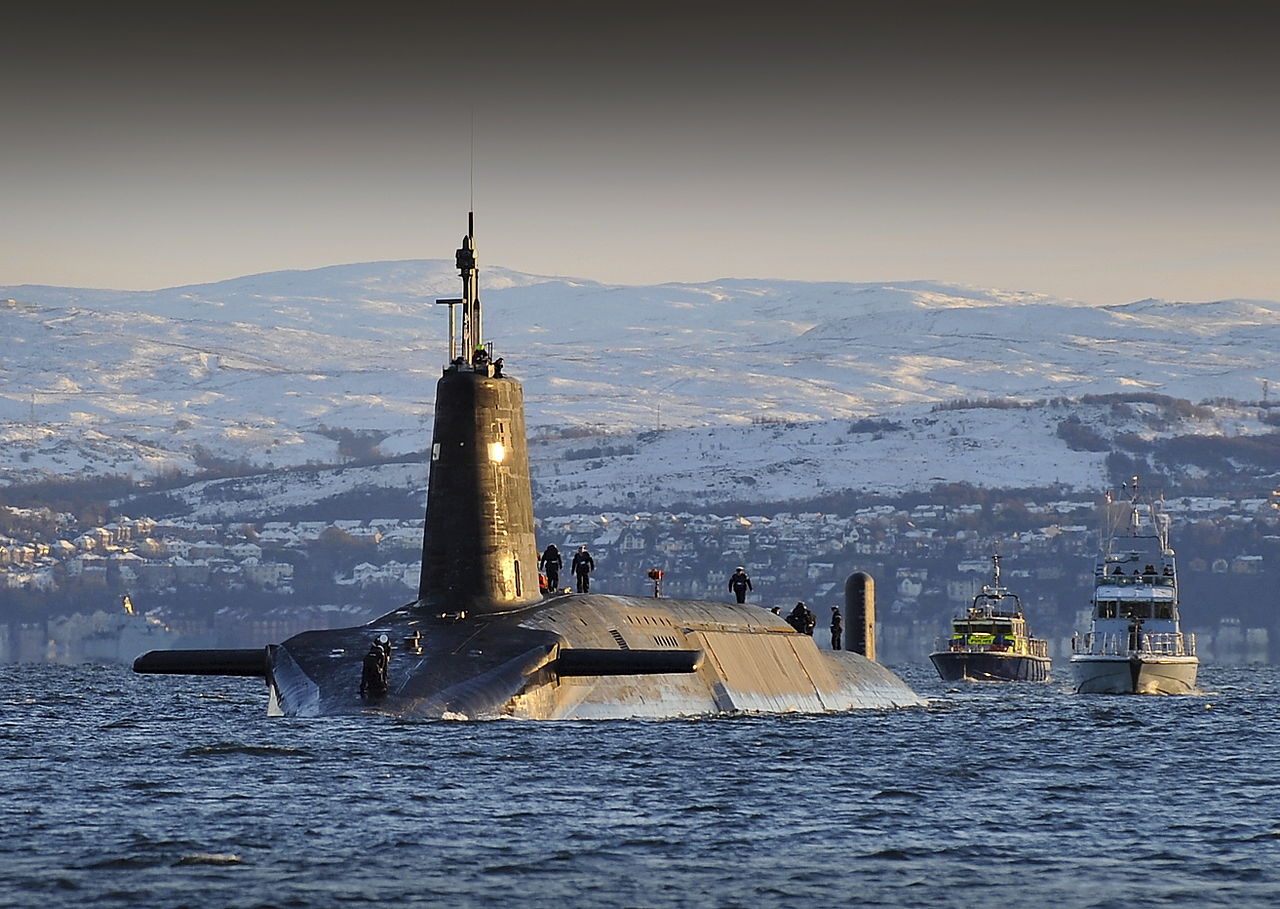
HMS Vanguard returns from a patrol
For over half a century, the ultimate hole card of Western leaders has been men1 in submarines, providing a nigh-undetectable reserve of nuclear firepower. These men have spent three months at a time in cramped metal tubes, year in and year out, missing birthdays and holidays, rarely getting to see the sun and sacrificing time with their families to protect all of us.

A B-36, deterrent of the early Cold War
The idea of a ballistic missile submarine dates back to the early days of the Cold War. At the time, American nuclear strike capability rested on the long-range bombers of Strategic Air Command (SAC), and with that mission went the bulk of the defense budget. The Navy was obviously unhappy with this, and managed to win the battle for nuclear weapons aboard its carriers, but sought a bigger role going forward. It found it in providing an assured deterrent. Bombers and land-based missiles were vulnerable to a first strike, and even carriers might be tracked and neutralized at the outbreak of a war. Only a submarine could reliably allow the US to retaliate after a Soviet nuclear strike.
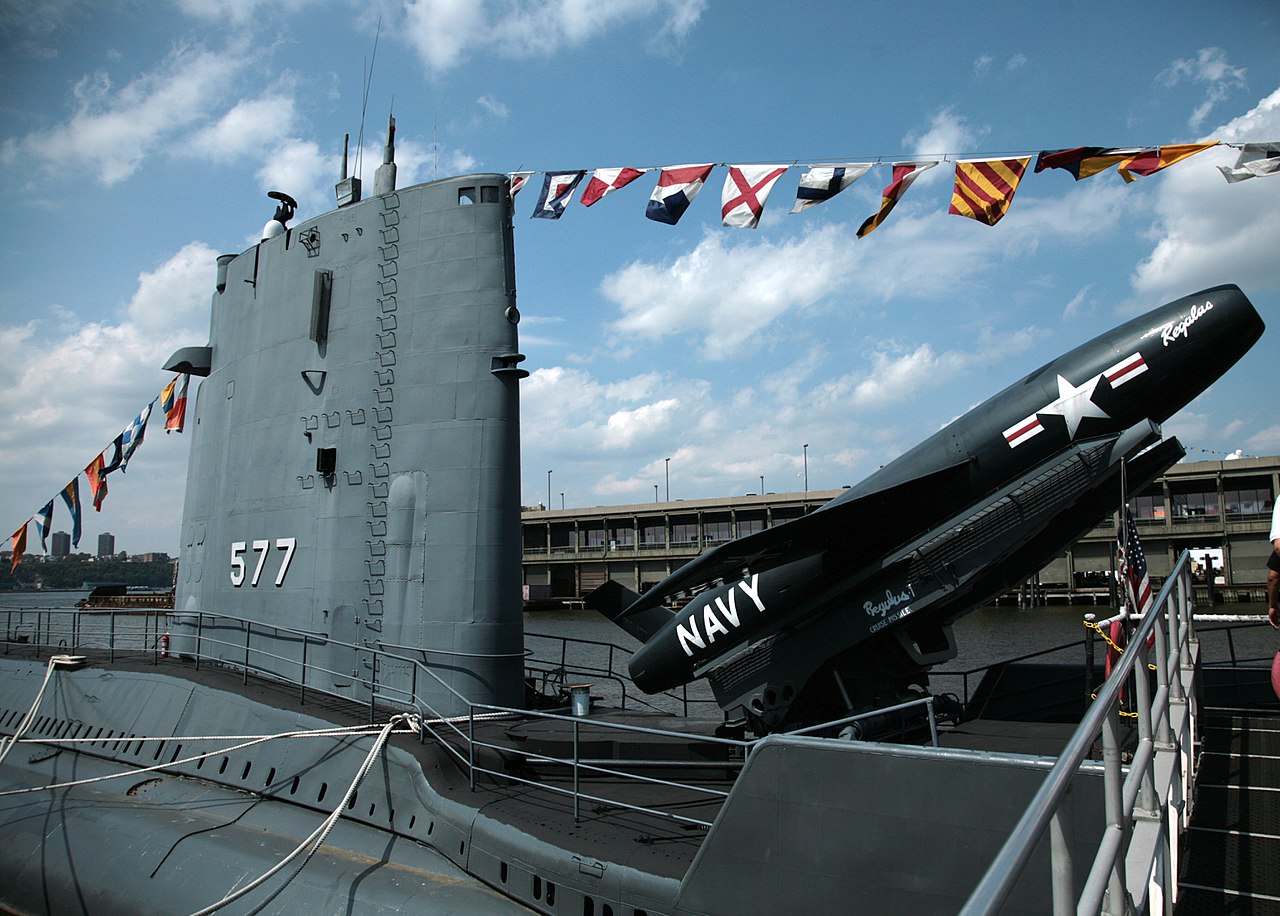
Regulus missile aboard USS Growler
The obvious weapon for such a submarine was the cruise missile, essentially an unpiloted aircraft, and the Regulus was swiftly developed. A total of five submarines were either built or modified to carry it, and the first deterrent patrol was made in 1959. Regulus had a number of limitations, and it was quickly superseded by the ballistic missile.
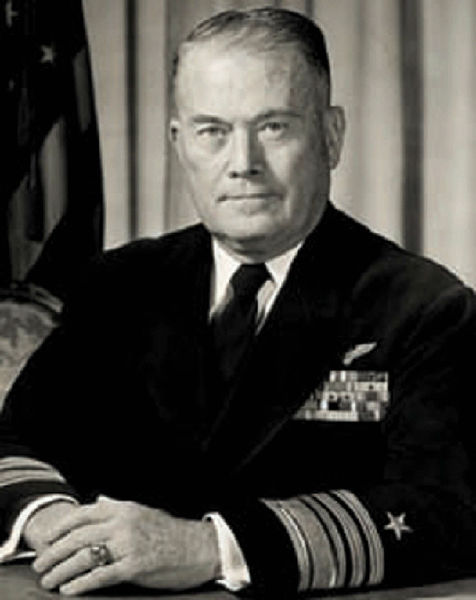
Admiral William "Red" Raborn
The Navy originally intended to adapt the Army's land-based Jupiter missile for its submarines, but Jupiter was a large weapon, and only a few could fit aboard even the largest submarine. In 1956, at the Project Nobska conference, physicist Edward Teller predicted that a lightweight 1-megaton warhead could be developed within five years, giving the Navy the confidence it needed to scrap Jupiter and develop its own missile, dubbed Polaris. Polaris would be solid-fueled, making it much safer and easier to handle, and would weigh only a fifth of what Jupiter did. The program was given to the Special Projects Office under Admiral "Red" Raborn, who was given carte blanche so long as he delivered it quickly.
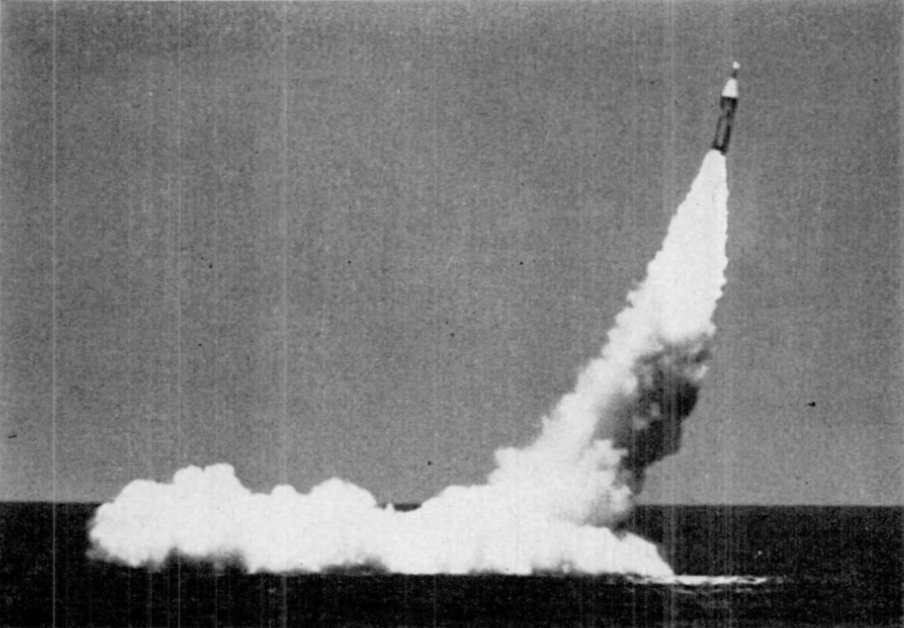
The first submerged launch of Polaris
And deliver quickly he did. Raborn's team overcame problems ranging from figuring out where the submarine was and where the missile had to go, easily pre-computed for land-based missiles, to firing a missile while entirely submerged to compensating for the motion of the submarine as the missile was fired. Four years after getting the go-ahead, on July 20th, 1960, the first Polaris was fired from the submarine George Washington. That November, she began her first deterrent patrol. Over the next seven years, she was joined by 40 other submarines, carrying first Polaris, upgraded several times, and then the improved Poseidon missile. These submarines, forward-based in Europe and Guam, were each given two crews, known as Blue and Gold. One crew would take the boat through a 30-day refit, followed by a 70-day patrol. When they returned, the other crew would be waiting to take over, and the first crew would fly back to their families in the United States. The overall result was that about a third of the force was continually at sea.

A model of HMS Resolution
The British had built their own nuclear deterrent in the 1950s, although the V-bomber force was growing increasingly vulnerable to improved air defenses as the 60s dawned. To keep it relevant, the British planned to fit the American Skybolt air-launched ballistic missile, and Robert McNamara's cancellation of Skybolt in December 1962 left the British furious and without a credible plan for their independent deterrent. A series of meetings in the Bahamas resulted in an agreement to sell Britain Polaris instead, but fitted with a British warhead and under British control. The British swiftly began construction on their own SSBNs, which entered service beginning in 1968.
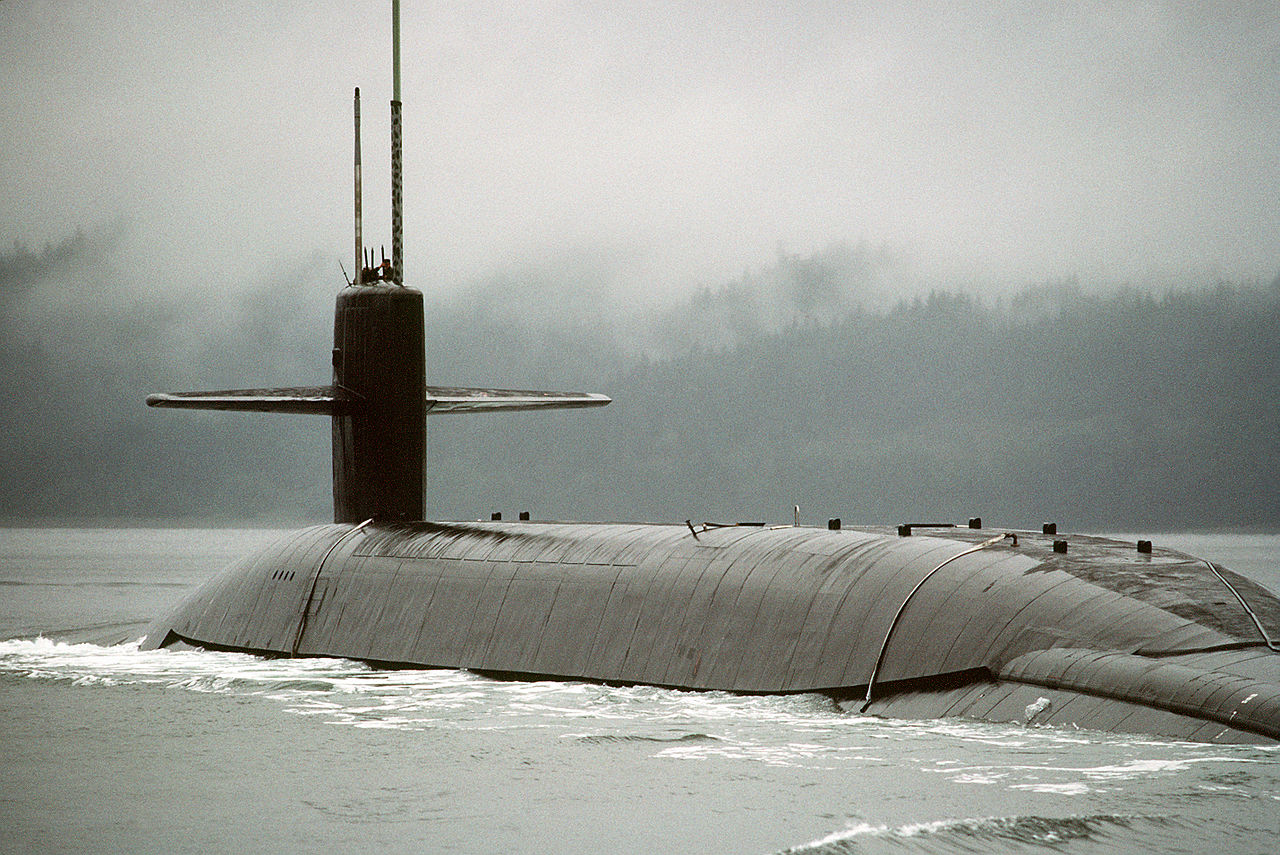
Ohio heads out on another patrol
The biggest problem with Polaris was its limited range, which forced the boomers, as they were known, to patrol fairly close to their targets. The Soviets began an immediate program to develop ASW forces capable of hunting the submarines, and while upgrades to Polaris helped some, a better missile was desired. The program, named Trident, was developed during the 1970s, and nearly doubled the range of the SSBNs, and thus quadrupled the area they could operate in. The Americans refitted 12 existing submarines with the Trident I, and it also equipped the first eight of the new Ohio class boats, the eventual replacement for the "41 for Freedom". The forward bases were closed, and boomers now patrolled from the continental US. A further improvement a decade later came in the form of the Trident II, which combined true intercontinental range with incredible accuracy. The 14 remaining Ohios soon carried this missile,2 and the earlier SSBNs were retired. The British, facing the obsolescence of the Polaris force, soon bought Tridents of their own, and produced the new Vanguard class to carry them. They still patrol the oceans today.
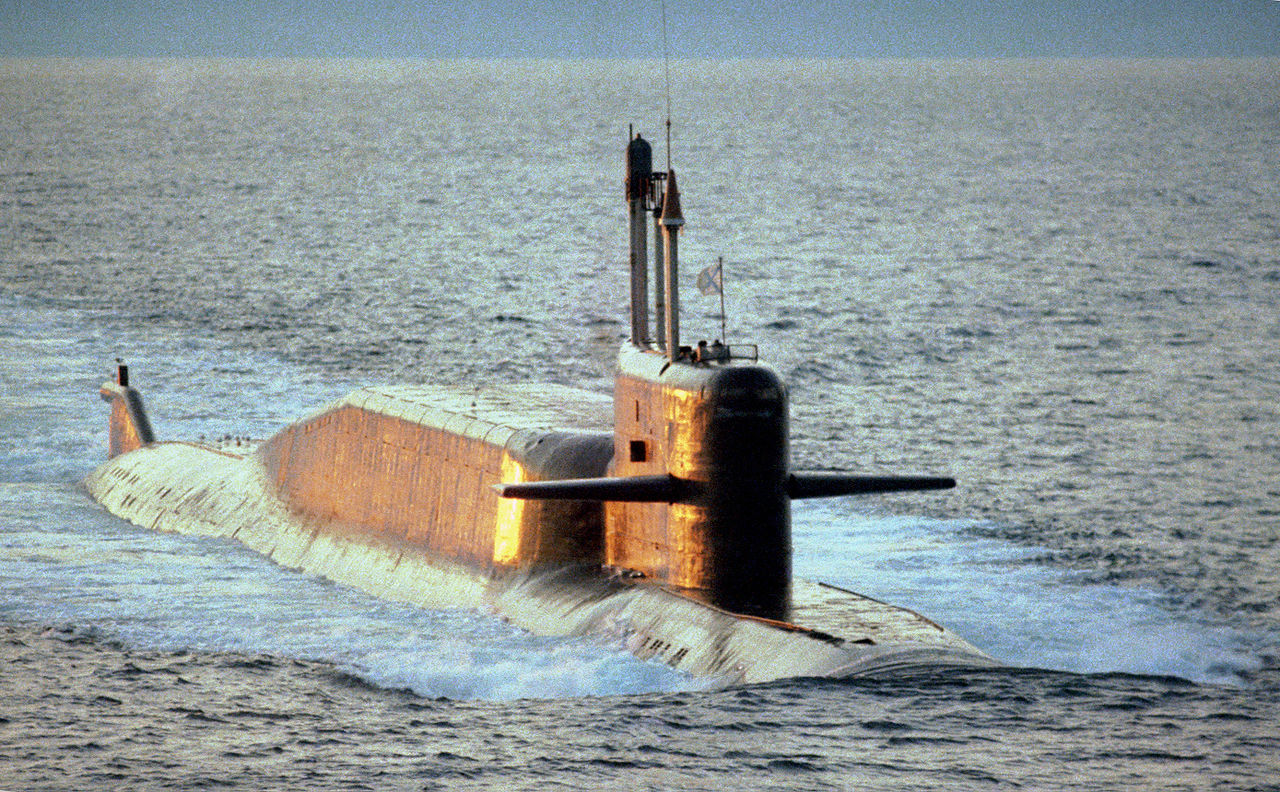
A Soviet Delta IV class submarine
The US and Britain are not alone in operating SSBNs. Russia has a large fleet, mostly inherited from the former Soviet Union, and they too have played their part in keeping the world peaceful. France has developed its own SSBN capability, including missiles to fire from them, and it would be foolish to ignore them as a factor in the deterrence game. China began SSBN operations in the 1980s, and their force has expanded from one boat to at least four over the past decade. And India's first SSBN completed its maiden deterrence patrol in November 2018.

George Washington, first of the Polaris boats
For all of its apparent precarity, the nuclear deterrent has kept the peace for almost 75 years, the longest period without a war between great powers in recorded history. And we owe that peace in no small part to the men and women who stood and still stand ready with the nuclear deterrent. The men of Strategic Air Command and the V-Bomber Force, who were ready to put airplanes in the air on a moment's notice, and hurl themselves into the teeth of the Soviet Union's air defense. The missile crews, who stand watches in capsules under the great plains. And those who make patrols in the boomers. And also to those who support the great industrial enterprise that equips those on the front lines.
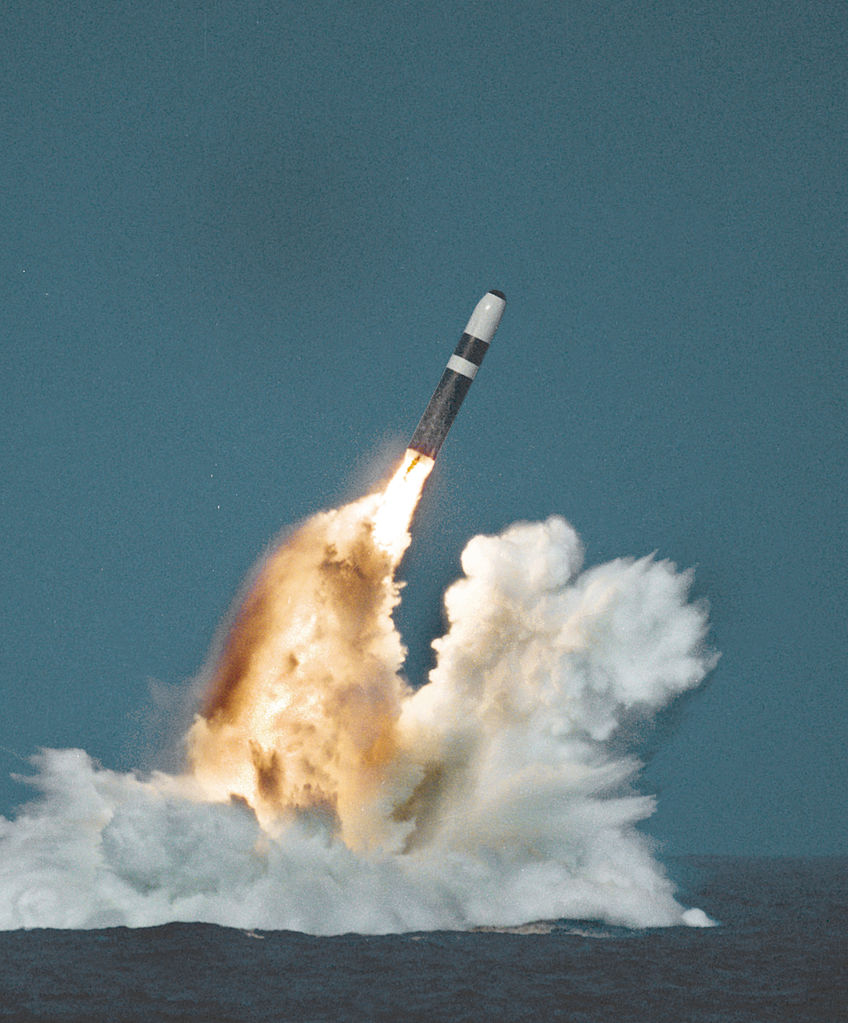
A Trident II test launch
From the men who took Polaris to sea in the 1960s aboard the 41 for Freedom and Resolution class boats, to those who patrol with Trident today, we owe them and their families a debt of gratitude. And these patrols will continue into the indefinite future. Trident is being upgraded to allow it to serve for another two decades. The USN is working to replace the Ohios with the new Columbia class, while the RN's Vanguards are to be replaced by a new class named after Dreadnought. Long may they keep the peace.

Comments
Where does Poseidon fit in here? I know that there was a period where the RN was the only Polaris operator in the world from 1980 to 1996, as they chose to upgrade their existing Polaris missiles (the Chevaline programme) rather than replace them with Poseidon or Trident I.
I mention it briefly in the 6th paragraph. Didn’t dwell because it didn’t fit the narrative that well. I did check that it had the same range restrictions as Polaris A3. Chevaline wasn't mentioned for the same reason.
Could this have been done earlier? Could Germany have run u-boats with V1 or V2s on board? It would have been a way to strike at the US Eastern Seaboard in a way that they never actually were able to do.
Likewise Japan in the Pacific, AND the USA striking Japan much earlier in the war than they actually did (Doolittle aside).
There were definitely plans to that effect, at least on the German side, but in practice, it would have been even more of a waste of resources than the V-weapon campaign already was. Only nuclear weapons made this kind of thing practical, because putting a ton or so of high explosives on a rocket that would hit a city if you were reasonably lucky is just not a good idea. With a nuclear warhead, you can have a weapon that will take out a city hit a city, and the whole thing starts to work. The Japanese came the closest to pulling something like this off with the I-400 class submarine aircraft carriers, designed to carry a trio of strike aircraft. Their plan to spray bioweapons over SoCal might even have worked, although it was canceled when Japan surrendered.
I am always disappointed when I recall that there is no Ohio-class boat named after the Sooner State; because it would make the perfect OK Boomer meme.
Oklahoma's getting a Virginia (SSN-802). It's taken this long because they don't want confusion with Oklahoma City (SSN-723), but she's a 688 Flight II, and probably not going to be around that much longer.
I was expecting it to be a Boomer Sooner thing, because that's apparently a thing for the local sportsball team.
The Virginias are not SSBNs, and therefore Not Boomers : )